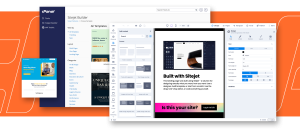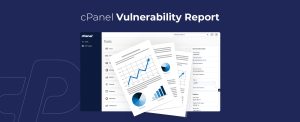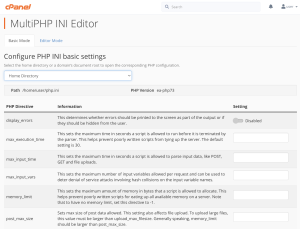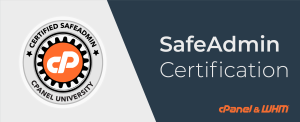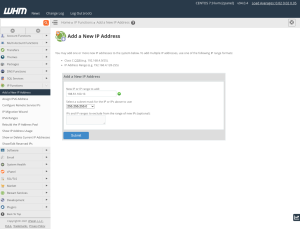We have all experienced the effects of mental fatigue after a long work week, and feelings of burnout near the end of a large scale project. 2020 has only amplified these effects with daily Zoom meetings and a lack of separation of work and home life. Many of us are stuck at home juggling our time between working in a spare closet (a.k.a. the home office), running a home school from the dining room table, and then ordering a double at the late-night bar and grill in the kitchen. Today, it’s easier than ever to become distracted and burned out on a daily basis.
What can we do to break the spell of the new normal and regain focus and serenity? This article will look at why video conference meetings are mentally draining and how we can fight fatigue and burn out.
The Rise of Zoom:
Virtual meetings are nothing new for most business professionals, but never before have businesses relied on virtual platforms as much as they have this year.
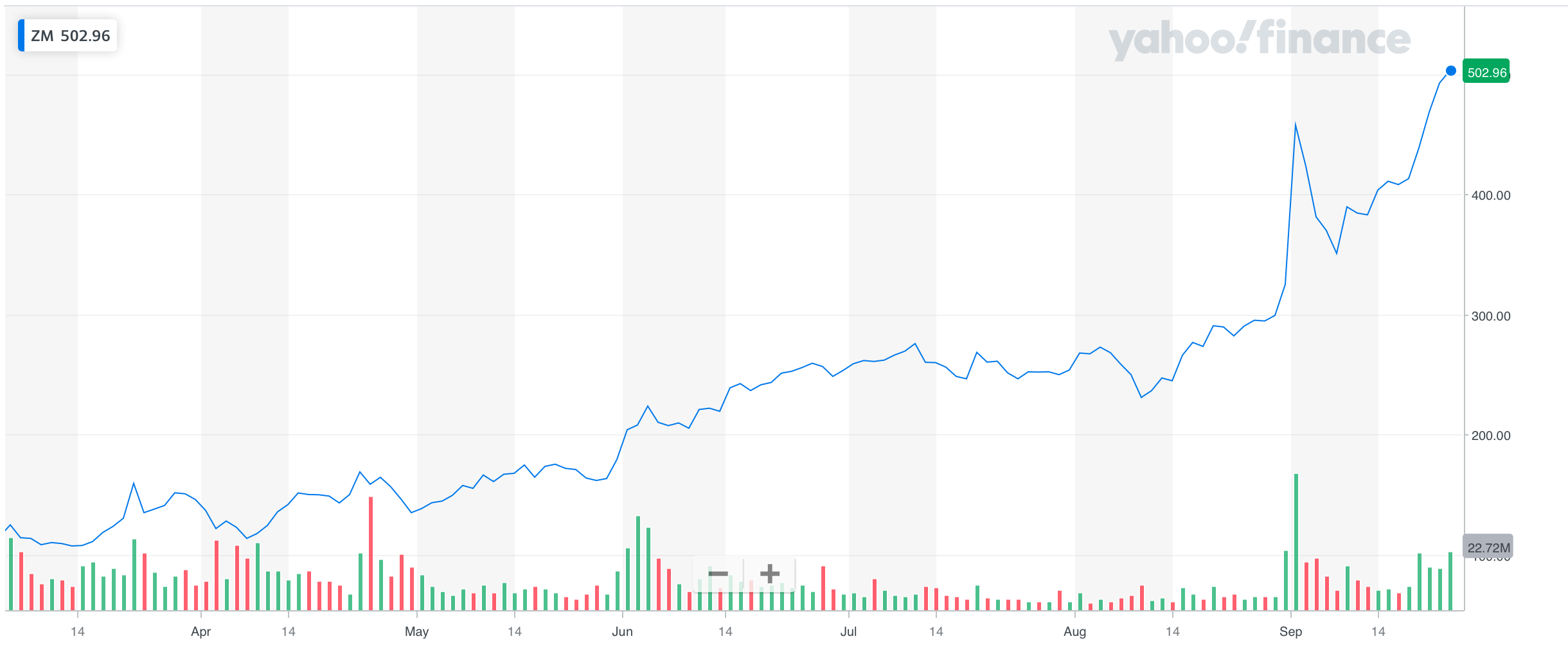
Zoom has become the big winner in 2020. Zoom’s mobile app has climbed to the top free downloaded app position in the Apple® App Store. The company’s second-quarter earnings put Zoom’s market cap at more than $129 billion and made them larger than IBM and AMD. A windfall for the company and a new normal for its customers, users are spending upwards of 20 hours per week staring into laptop screens on Zoom-based meetings and calls, creating a new set of issues revolving around “Zoom Fatigue.”
Effects of Zoom Fatigue:
“Zoom Fatigue” happens because of the way our brains process video conferencing information. When we are in regular face-to-face meetings, we observe each other in a single surrounding and focus our attention on the person speaking. In the virtual realm, our minds are overloaded with information coming from multiple places. Our attention becomes hyper-focused on the way we look, who is speaking, people‘s expressions, our surroundings, their surroundings, and the list goes on and on. After a full day of stimuli, it’s no surprise everyone seems to end the day with little more than a blank stare.
How to Combat Zoom Fatigue:
The effects of Zoom Fatigue can be overwhelming, but never fear, we have collected essential tips that can help keep your Zoom Fatigue to a minimum.
- Traditional forms of communication: For the past decade, businesses have made a push to video conference software like Skype, GoToMeeting, and now Zoom. Video meetings have become our go-to source, and we have forgotten how we did conference calls just a decade ago. Use old-fashioned conference calls with the Zoom call-in number for discussions that don’t require face-to-face or a presentation.
- Use Alternate Communication Methods: Could the meeting have been handled via instant message or email? Is it another meeting about meetings? During our current COVID world, we have seen more than enough meetings that could have been an email. Limiting your face-to-face screen time is always a win in the new normal.
- Reduce Visual Overload: Staring at a group of co-workers on a screen can seem mind-numbing, but in all actuality, this can result in visual overload. Research has shown that when we are on screen with others, we focus on our face and expression for most of the meeting. Add to that the “Hollywood Squares Effect” of Zoom, and there is a lot to process. It’s natural to want to see yourself and everyone on the call, but limiting yourself to speaker view in Zoom will allow you to focus on the person speaking. Hiding or Turning your camera off can also help to regain focus. There are several options to hide your camera view during a call, from turning the video feed off in the video settings to hiding yourself from view in Zoom.
- Block out work time and breaks: Keeping in constant communication with teams and managers has proven to be complicated in this new normal. There are only so many hours in a day, and when you add in all the meetings, it might be hard to find the time to complete your daily tasks. Skipping lunch or breaks is not the answer to being more productive. Taking a break after a long Zoom meeting can help you reset your attention and focus. Research shows that shifting between tasks continually without breaks can cost as much as 40% of someone’s productivity. As the saying goes, “work smarter, not harder,” make sure to take time to rest after a virtual meeting by leaving your workspace for a few minutes to get a glass of water, take a short walk outdoors, or relax. Also, try to ask for 25-minute or 55-minute meetings, so there is time allocated to have a visual rest, bio break, drink of water, or a simple stand-and-stretch.
- Avoid multi-channel work: When you are in a face-to-face meeting with someone, are you usually using Slack® , browsing websites, or taking a phone call, all while the person is speaking? Hopefully not, because that would be just plain rude. So why do we feel this type of multi-tasking is acceptable while in Zoom and video conferences? Think about how many meetings you’ve been that someone says, “Can you repeat that? I was answering someone in Slack.” Honestly, if you don’t have time to attend the meeting, then reschedule it. To keep from getting burned out and suffering from Zoom Fatigue, make sure to close any needed work tabs in your browser and turn off notifications in your messaging app when you are in a video conference.
As we continue to evolve business in the new normal, it’s essential to focus on productivity and mental health. We at cPanel expect to see future benefits from the challenges and lessons we have learned while dealing with a global pandemic in 2020.
As always, if you have any feedback or comments, please let us know. We are here to help in the best ways we can. You’ll find us on Discord, the cPanel forums, and Reddit.











